Big cats have captivated human imagination for thousands of years. Their strength, agility, and majestic appearance have inspired myths, legends, and symbols in cultures across the globe. From ancient deities to modern folklore, lions, tigers, leopards, and other big cats have left an indelible mark on human history.
Big Cats as Symbols of Power and Strength
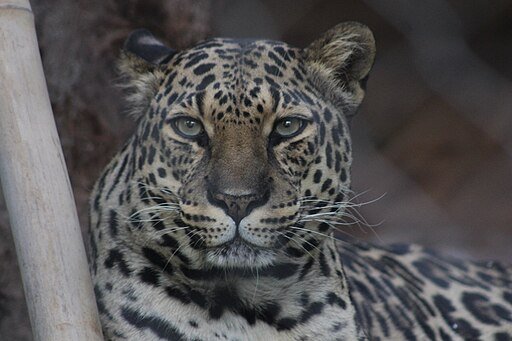
In many cultures, big cats symbolize power and dominance. Lions, for example, were revered in ancient Mesopotamia and Egypt as emblems of kingship and divine protection. The lion-headed goddess Sekhmet in Egyptian mythology represented both destruction and healing, embodying the dual nature of power.
Guardians of the Spiritual Realm
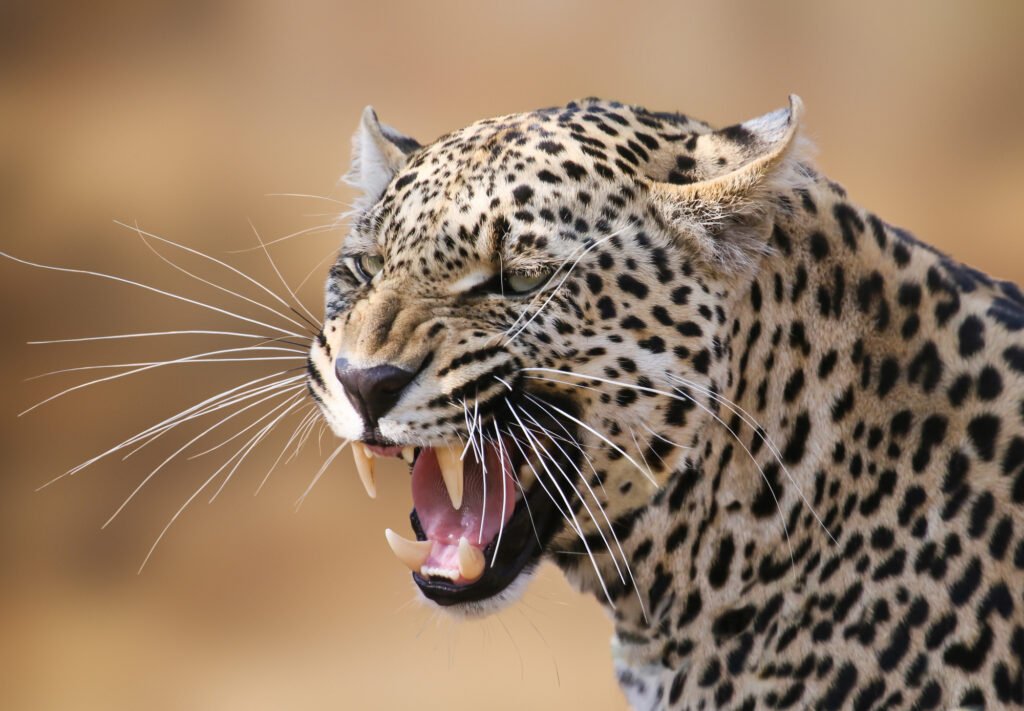
Big cats often serve as guardians in myths, standing watch over sacred places or protecting the natural order. In Chinese culture, the tiger is a symbol of courage and the protector of the living, often seen in art guarding entrances to temples. Similarly, leopards are revered in African folklore as spiritual intermediaries and protectors of tribal lands.
The Mystique of the Panther
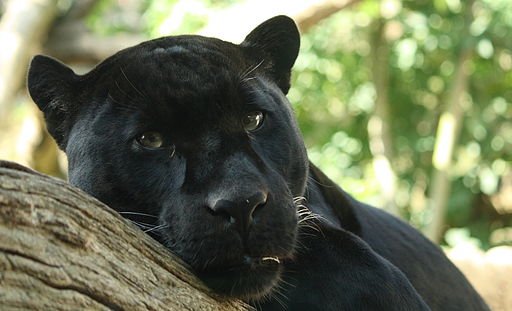
The black panther has a special place in mythology due to its elusive and mysterious nature. In Mesoamerican cultures, the jaguar was associated with the underworld and seen as a bridge between life and death. The Mayans revered jaguar gods as symbols of power, night, and the unseen forces of the cosmos.
Tigers in Asian Lore
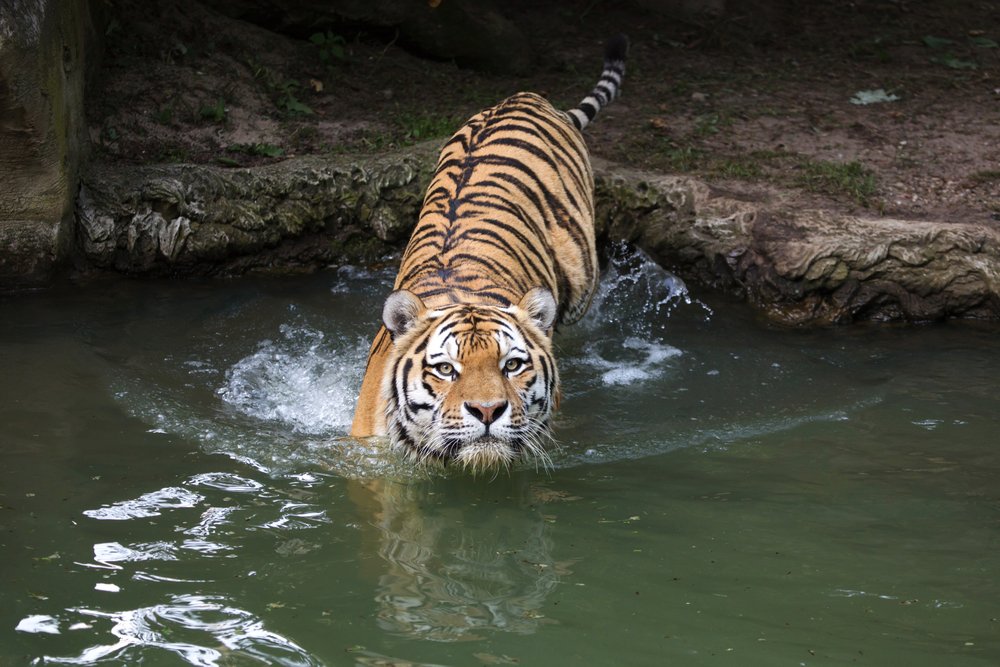
In Asian mythology, tigers are both feared and respected as embodiments of raw energy. In Korea, the tiger is a national symbol representing strength and resilience, often appearing in folklore as a wise yet mischievous figure. In Hindu mythology, the goddess Durga rides a tiger, using its power to defeat evil forces.
The Role of Big Cats in Modern Symbolism
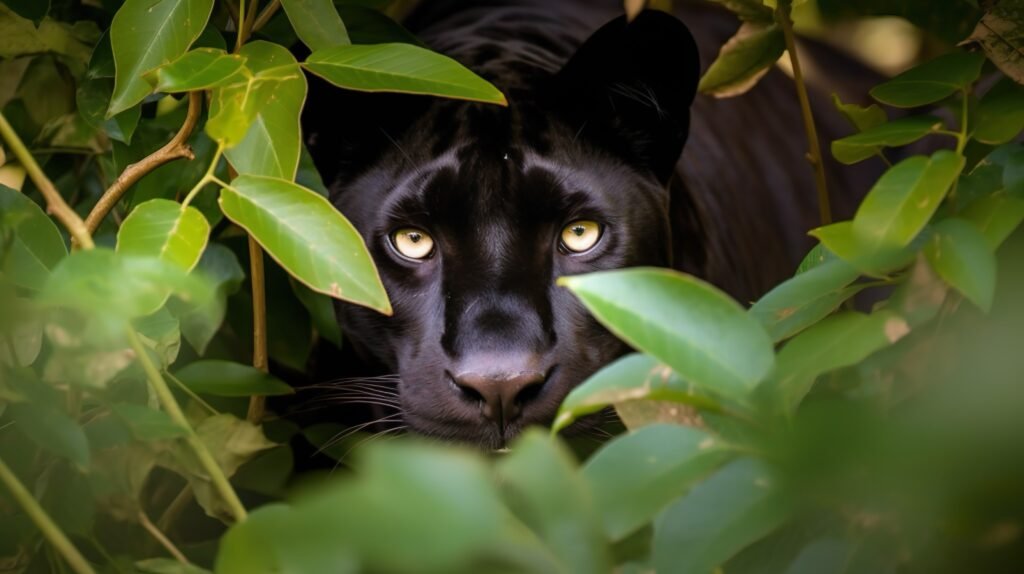
Even today, big cats remain influential symbols in art, literature, and conservation efforts. They are often depicted as fierce protectors or noble leaders, reflecting their historical roles in human stories. Big cats also serve as icons for wildlife conservation, reminding us of their importance to global ecosystems.
Lessons from Big Cat Mythology

Big cat myths teach us about human values such as courage, resilience, and respect for nature. They remind us of the deep connection between humans and the animal world, a bond that has shaped our cultures and beliefs for millennia. These stories continue to inspire awe and foster a sense of wonder for the natural world.
Preserving the Legacy of Big Cats

As big cats face growing threats from habitat loss and poaching, their place in mythology serves as a poignant reminder of their significance. Protecting these majestic creatures ensures that future generations can continue to draw inspiration from the legends and stories that big cats have inspired for thousands of years.

Growing up traveling and experiencing new cultures and wonders, I have had a passion for nature, adventuring, photography, and videography. I am currently working towards a BSc in Biodiversity and Ecology at Stellenbosch University, and I hope to specialise in Marine Sciences one day.
Please send any feedback to Feedback@animalsaroundtheglobe.com






